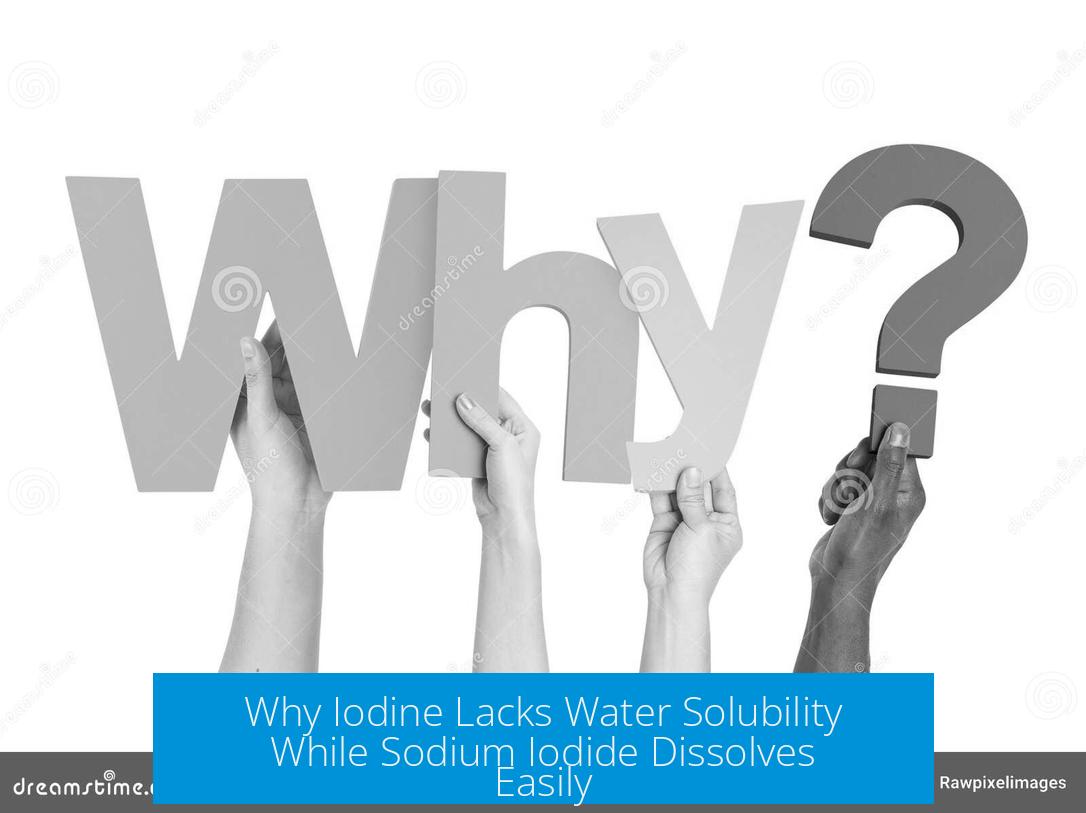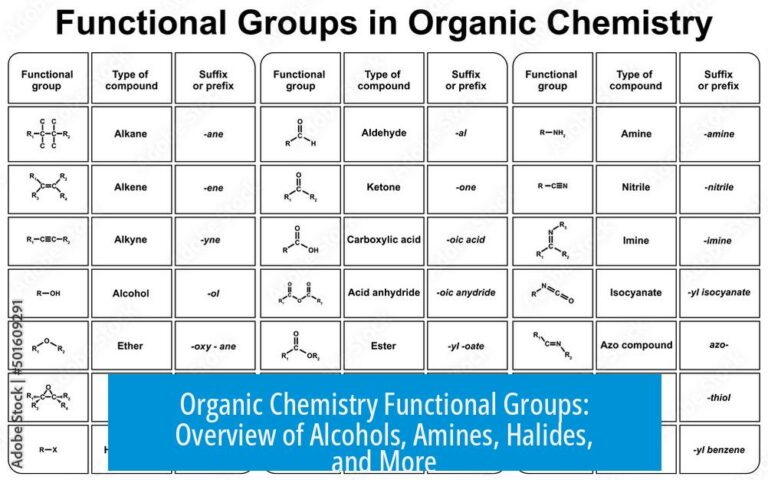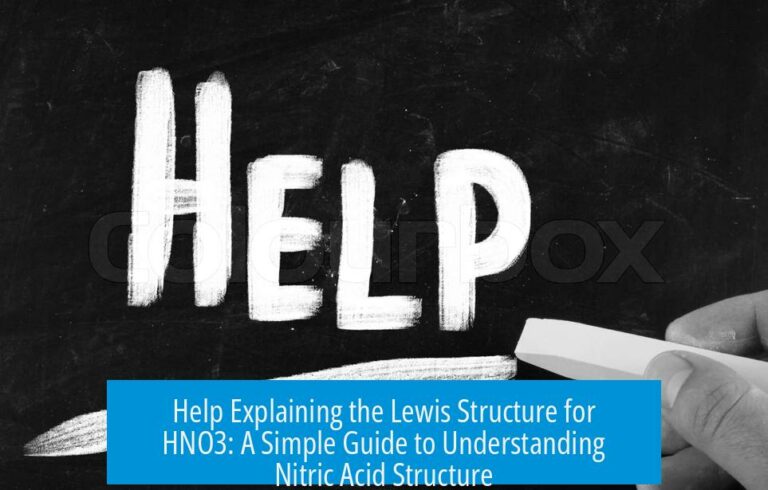Why Isn’t Iodine Soluble in Water but Sodium Iodide Is?
Iodine (I2) is not soluble in water because it is a nonpolar molecular substance, whereas sodium iodide (NaI) is an ionic compound that dissociates into ions and readily dissolves in water due to water’s polar nature. This difference arises from their distinct chemical compositions, bonding types, molecular polarity, and thermodynamic factors governing solubility.
Chemical Nature and Bonding: Molecular vs Ionic
Sodium iodide and iodine contain the element iodine, but their chemical natures differ fundamentally. Sodium iodide is an ionic compound, formed by sodium cations (Na+) and iodide anions (I−). The strong electrostatic attraction between these ions forms an ionic lattice.
In contrast, iodine exists as diatomic molecules (I2). These molecules are covalently bonded, sharing electrons equally between two identical iodine atoms. This equal sharing results in no charge separation, so I2 is a nonpolar molecule.
- NaI: Ionic compound; dissociates into Na+ and I− ions in water.
- I2: Molecular compound; covalently bonded, nonpolar diatomic species.
Molecular Polarity and Its Impact on Solubility
Water is a polar solvent, meaning it has a permanent dipole moment due to the difference in electronegativity between oxygen and hydrogen atoms. Water molecules preferentially interact with other polar or charged species via dipole-ion and hydrogen bonding interactions.
Sodium iodide, being ionic, dissociates to Na+ and I− ions. These charged ions strongly attract the polar water molecules, becoming solvated or hydrated, which facilitates NaI dissolution.
On the other hand, iodine molecules (I2) have no dipole moment because both iodine atoms have the same electronegativity and the bond is nonpolar. Consequently, I2 has only very weak London dispersion forces and does not form significant favorable interactions with water.
- Water molecules form strong hydrogen bonds and dipole-dipole interactions among themselves.
- The nonpolar I2 molecules disrupt the hydrogen bonding network without compensating interactions.
The “Like Dissolves Like” Principle
The heuristic “like dissolves like” describes solubility trends whereby polar solvents dissolve polar or ionic substances, and nonpolar solvents dissolve nonpolar substances. Although simplified, it effectively explains the solubility difference between iodine and sodium iodide in water.
Because water is polar, it dissolves polar or ionic compounds such as NaI. I2, being nonpolar, dissolves better in nonpolar solvents such as carbon tetrachloride (CCl4) or hexane, where similar weak van der Waals forces predominate.
Thermodynamic Factors Affecting Solubility
Solubility depends on changes in both enthalpy (ΔH) and entropy (ΔS) when a solute dissolves in solvent, ultimately determining the Gibbs free energy change (ΔG = ΔH − TΔS). Solubility is favored when ΔG is negative.
Entropy and Enthalpy Effects with Iodine
When I2 attempts to dissolve in water, the nonpolar iodine molecules induce ordering of water molecules. This effect, called “hydrophobic hydration,” causes water molecules to arrange themselves in a more structured manner around the iodine.
This ordering reduces the entropy of the system, which is thermodynamically unfavorable (negative ΔS). Furthermore, the weak intermolecular interactions between I2 and water molecules do not compensate for the disruption of water-water hydrogen bonding. Overall, the dissolution is enthalpically and entropically disfavored, limiting iodine’s solubility.
Entropy and Enthalpy Effects with Sodium Iodide
In contrast, dissolving sodium iodide increases the randomness of the solution. The ionic lattice breaks and ions disperse throughout the solvent, increasing entropy (positive ΔS). Water molecules tightly interact with the ions, releasing hydration energy that makes the process energetically favorable.
Thus, the dissolution of NaI in water is thermodynamically spontaneous due to an increase in entropy and favorable hydration enthalpy.
Energy Considerations and External Factors
It is possible to force the dissolution of nonpolar iodine in water by adding energy, for example, heating or stirring, which overcomes unfavorable entropy changes. However, this is not typical under normal conditions, and the solubility remains low.
Summary Table: Key Differences Between Iodine & Sodium Iodide Solubility in Water
| Property | Iodine (I2) | Sodium Iodide (NaI) |
|---|---|---|
| Chemical Composition | Molecular covalent | Ionic compound |
| Polarity | Nonpolar molecule (no dipole) | Polar, dissociates into Na+ and I− |
| Type of Interactions | Weak London dispersion forces | Strong ion-dipole and hydration forces |
| Interaction with Water | Water-water hydrogen bonds preferred over I2-water | Water solvates ions efficiently |
| Effect on Solution Entropy | Decrease entropy (hydrophobic hydration) | Increase entropy (ion dispersion) |
| Resulting Solubility in Water | Poorly soluble | Highly soluble |
Additional Notes on Molecular Geometry and Polarity
Analyzing molecular geometry confirms iodine’s nonpolarity. The I–I bond is linear and symmetrical, producing no net dipole. Conversely, ionic NaI forms a crystal lattice that readily dissociates in water.
This confirms why shape and bond type determine polarity and thus solubility.
Key Takeaways
- Iodine (I2) is a nonpolar molecule with covalent bonds; sodium iodide (NaI) is ionic and dissociates into charged ions.
- Water is a polar solvent and dissolves NaI efficiently via ion-dipole interactions, but does not interact strongly with nonpolar iodine.
- “Like dissolves like” principle explains why polar or ionic compounds dissolve in water, unlike nonpolar iodine.
- Thermodynamically, iodine decreases solution entropy due to ordered water structures forming around it, making dissolution unfavorable.
- NaI dissolution increases entropy and hydration enthalpy, favoring solubility in water.
Why does sodium iodide dissolve in water but iodine does not?
Sodium iodide (NaI) is ionic and breaks into ions in water. Water’s polarity attracts these ions, allowing dissolution. Iodine (I2) is nonpolar and does not form strong interactions with water, so it remains mostly insoluble.
How does the polarity of molecules affect iodine and sodium iodide solubility?
I2 is nonpolar due to equal sharing of electrons, offering no dipole moment. NaI is ionic and polar. Water, a polar solvent, better dissolves polar or ionic substances like NaI following the “like dissolves like” rule.
Why does iodine not mix well with water on a thermodynamic level?
Iodine molecules cause water to become more structured, decreasing the system’s entropy. This makes iodine dissolution unfavorable compared to sodium iodide, which increases entropy when it dissolves.
Can iodine dissolve in any solvent if it doesn’t dissolve in water?
Yes, iodine dissolves in nonpolar solvents like carbon tetrachloride. This is because nonpolar solvents interact better with nonpolar iodine molecules than polar water does.
What role does bonding type play in the solubility difference between iodine and sodium iodide?
Iodine has covalent bonds with no charge separation. Sodium iodide has ionic bonds, separating into charged ions in water. These ions interact strongly with water, making NaI soluble, unlike iodine.





Leave a Comment